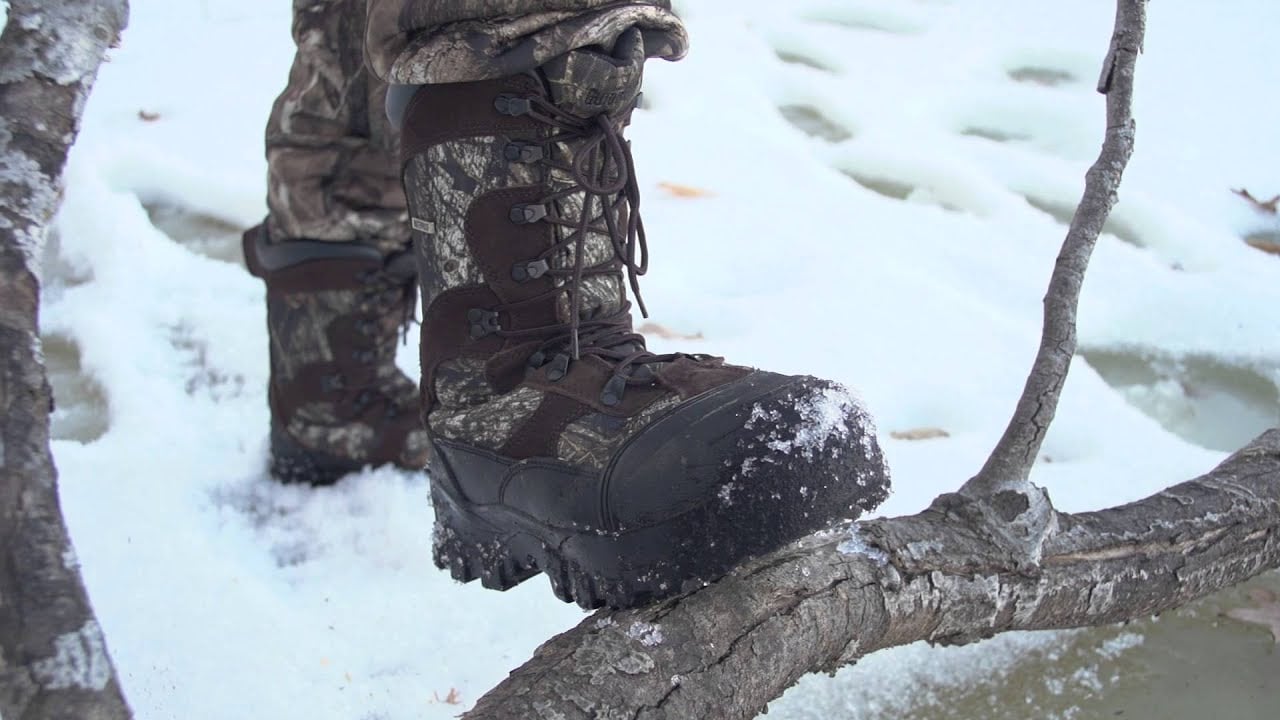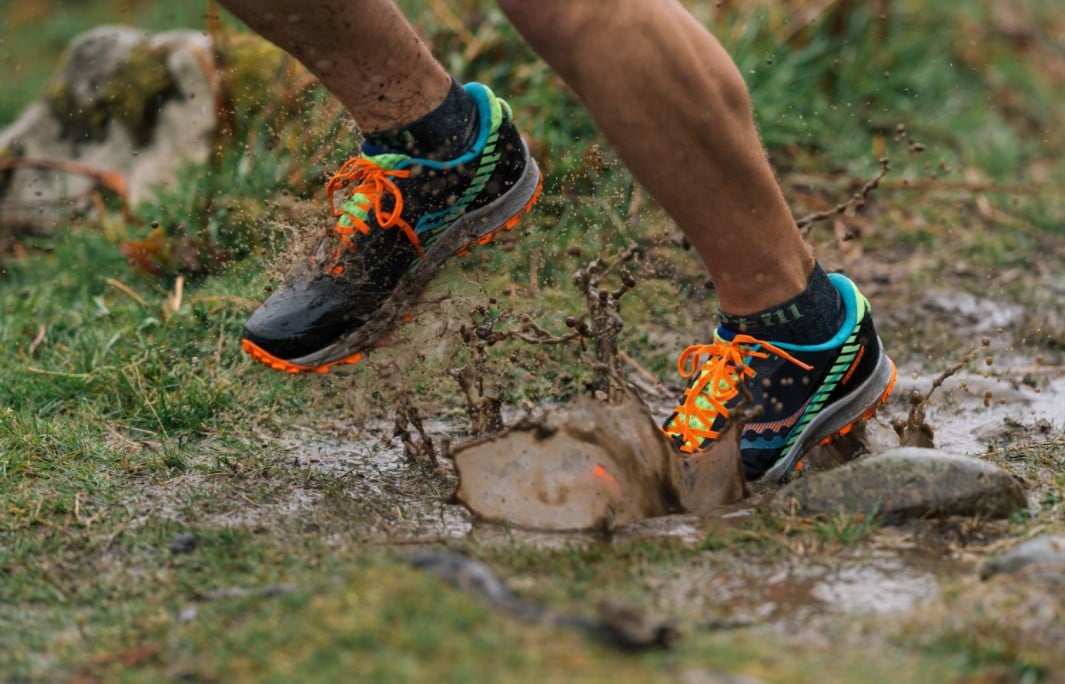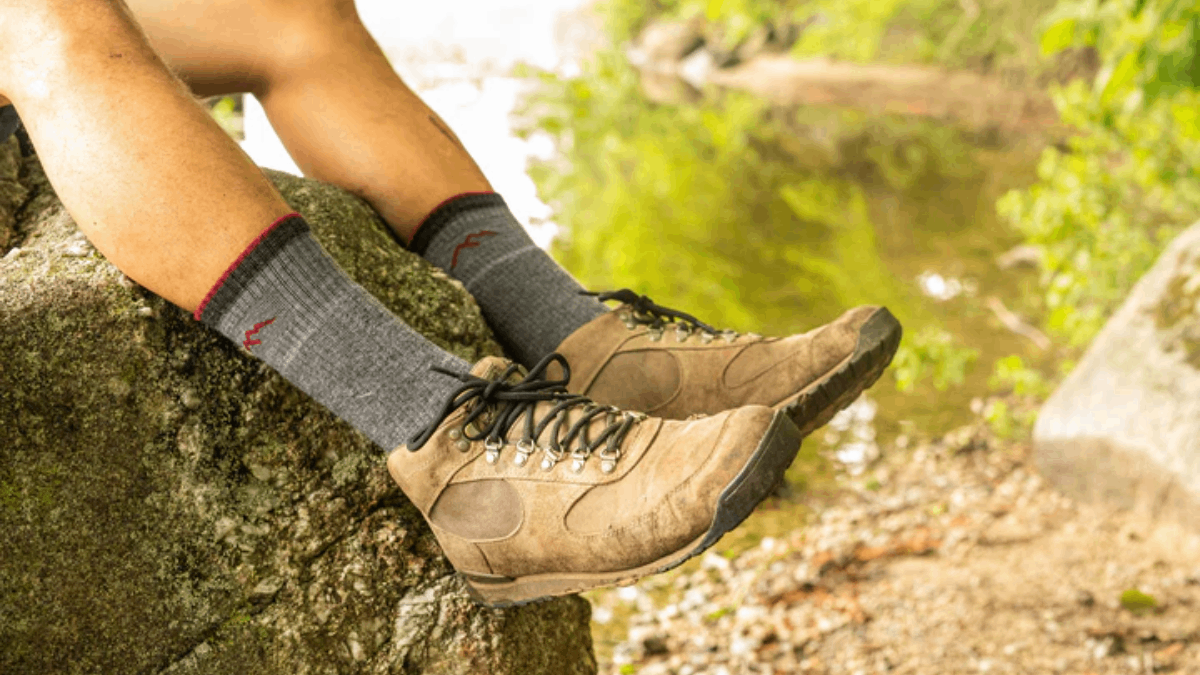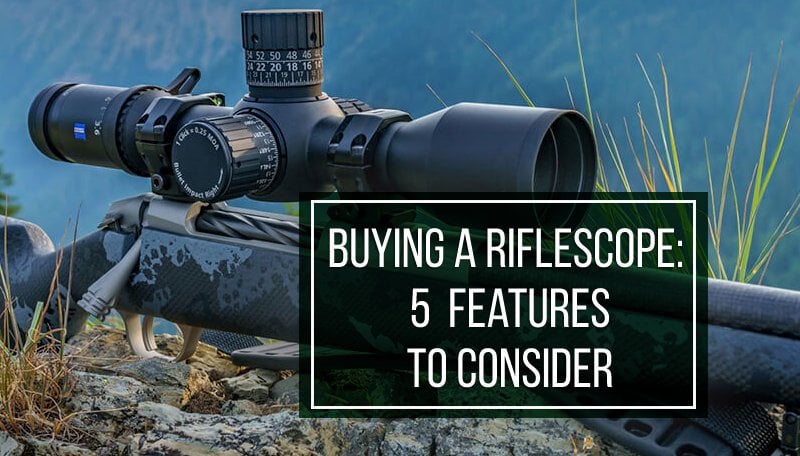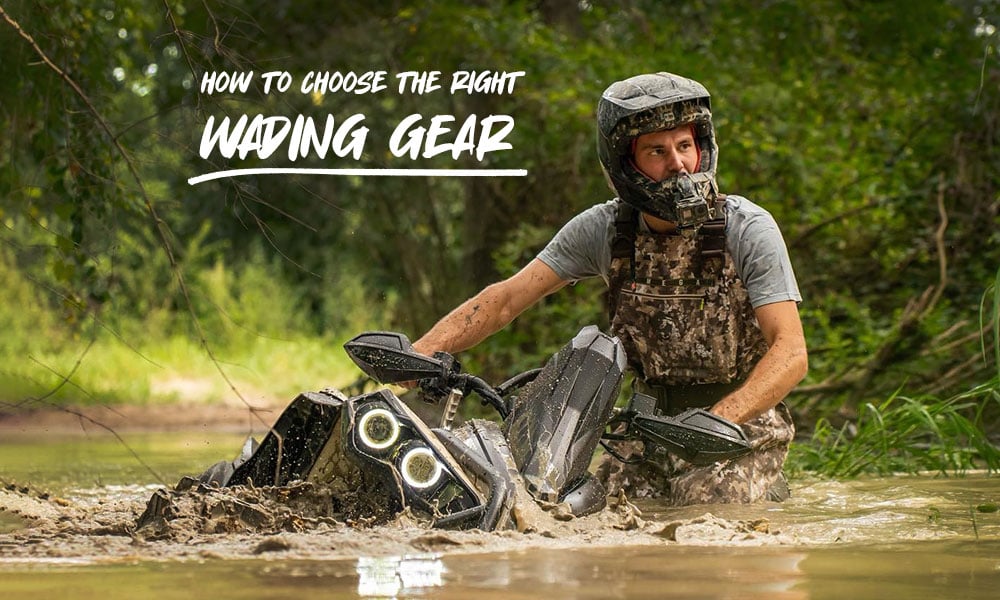Shopping for the perfect waterproof boots can be an overwhelming task. With so many types, materials, and designs, it can be hard to know where to begin. But fear not because this guide will help you learn the key things to look for when shopping for waterproof footwear. From choosing the right materials to finding the best fit and style, we’ll walk you through everything you need to know to make the right purchase.
Table of Contents
Waterproof vs. Water-Resistant Footwear
The Benefits & Negatives of Waterproof Shoes
What Makes Boots & Shoes Waterproof
Types of Waterproof Boots & Shoes
How to Wear Waterproof Footwear for Maximum Comfort
Tips for Maintaining Your Waterproof Boots & Shoes in Good Condition
FAQ
Water-Resistant vs. Waterproof
Waterproof and water-resistant boots are two terms often used interchangeably despite distinct differences that mainly concern the level of protection your feet get.
Waterproof shoes are designed to be 100% impenetrable to water, and any other elements, for that matter, and can be submerged without any moisture seeping in. On the other hand, water-resistant shoes are built to be resistant to water to an extent. But they are not completely impermeable, meaning you cannot submerge them and expect them to remain dry inside. Basically, water-repelling membranes used in water-resistant shoes are designed to protect you from splashes and small amounts of water and can’t handle a heavy rain or deep puddles.
So, to sum up, waterproof boots are a must for activities that involve prolonged exposure to water or muck or a probability of that happening, like fishing, waterfowl hunting, and gardening. Water-repellent shoes are an excellent choice for everyday wear in rainy or snowy weather or outdoor activities where you can face dew or mild rain, like hiking, backpacking, or deer hunting.
The Benefits & Negatives of Waterproof Boots & Shoes
As you see, having a pair of waterproof boots won’t go amiss. However, the trick is to use these only when a particular situation calls for it because complete impermeability comes at a price.
Waterproof boots are superb at shielding your feet from outside moisture, but they may not be the best choice when it comes to comfort and breathability.
The thing is that most truly waterproof designs are built using impermeable materials like rubber or neoprene. No air circulation means your feet get sweaty pretty quickly, and since your sweat can’t escape the boot, just like outside water can’t enter it, you are left with hot and smelly feet. That’s why it is prime to wear a good pair of wool socks known for their excellent moisture-wicking qualities.
Additionally, some waterproof boots can be quite heavy and bulky and may cause discomfort if worn for long periods.
Finally, boots and shoes designed with features intended to compensate for the mentioned drawbacks come with a heavy price tag and may not fit into everyone’s budget.
The benefits, however, are worth pursuing. Rain boots, snow boots, and insulated boots fitted with waterproofing are great at protecting your feet in wet or snowy weather. Not only do they keep your feet dry, but they also provide warmth and insulation from the cold. Higher-end designs are also very durable and withstand plenty of wear and tear.
What Makes Boots & Shoes Waterproof
Unlike water-resistant boots made of breathable, porous materials that allow some water vapor to pass through, waterproof boots are made of materials impenetrable to water, such as rubber, full-grain leather, and synthetic materials like neoprene.
Rubber boots are typically the most affordable option and offer adequate protection from water. However, they can be cumbersome and uncomfortable to wear for extended periods. Leather boots are a more stylish option with protection from water but cost significantly more. Neoprene boots like Muck Boot or Xtratuf are an excellent compromise, offering both pliable comfort and sound protection from water. They are also priced reasonably.
Now, you’ve probably heard about the Gore-Tex material. It’s a popular fabric used in many outdoor garments and footwear marketed as waterproof and breathable. However, while it is highly water resistant, Gore-Tex shoes are NOT 100% waterproof.
Gore-Tex has a structure consisting of millions of tiny pores that are 20,000 times smaller than a drop of water but 700 times larger than a molecule of moisture vapor. It allows vapor to pass easily through the membrane but prevents liquid water from entering. However, still being porous, Gore-Tex won’t prevent water from creeping into your boots over some time.
If you want waterproof boots made with Gore-Tex, you may want a pair additionally treated with Durable Water Repellent (DWR).
Also, pay attention to the seams of the boot in question, as they are the weakest point. Truly waterproof models will have minimal stitching or sealed seams.
Types of Waterproof Boots & Shoes
Here’s an overview of some popular types of waterproof footwear and why they are perfect for the job they were designed for.
Hiking Boots & Shoes
First of all, there’s a difference between these two. Hiking shoes tend to be more lightweight and breathable, making them great for shorter hikes or trails that require minimal foot protection. Waterproof hiking boots offer more stability due to their extended ankle support and feature reinforced toe protection for extra durability. Usually, both feature rubber soles with rugged treads for maximum traction on slippery surfaces.
Fishing Boots
Good wading boots are built lightweight to not weigh you down while moving in the water. Premium quality waterproof fishing boots are usually made with anti-slip rubber soles and neoprene uppers to create a virtually impenetrable shield against dampness.

KORKERS Men's Greenback Wading Boots with Felt & Kling-On Soles
$149.99
Price accurate at time of writing
Specs:
- OmniTrax Interchangeable Sole System adapts your traction to any fishing condition
- Traditional laces with rugged web loops
- Hydrophobic materials = faster dry times lessen the chance of spreading invasive species
- Water flows thru internal channels then out midsole ports, removing excess waterand weight
- Designed with abrasion-resistant materials and seam locations strategically located to minimize wear
- Felt and Kling-On Soles
Work Boots
Working outdoors often means dealing with wet conditions, so having the right protective shoes is the key to ensuring comfort throughout the day. Look for waterproof work boots made from thick leather materials, featuring steel toes and chemical-resistant rubber outsoles that can provide ample protection from hazards like nails, electricity, harsh chemical spills, etc.
Winter Boots
When temperatures drop below freezing and snow starts piling up outside, tall waterproof winter boots – regular shoes aren’t particularly suitable for trudging through deep snow cover or cold puddles. Look for winter boots with sufficient thermal insulation alongside premium uppers that guarantee warmth even during freezing temperatures!
Walking Shoes
Whether you’re out taking a stroll around town or trudging through dense foliage while exploring nature with your dog – sometimes you need shoes that can handle both roads and trails. Look for waterproof walking shoes made from lightweight materials, such as the Outscape series from Muck Boot.
Running Shoes
Cold weather doesn’t mean you should put your workout routine on hold! When searching for dedicated winter running shoes, make sure they come equipped with features like soft inner cushioning layers along breathable uppers. The latter means you’ll need a quality Gore-Tex membrane.
How to Wear Waterproof Boots for Maximum Comfort
Waterproof footwear is great at keeping your feet dry and protected in wet or cold conditions. But, if you don’t wear it right, even the best waterproof boots and shoes won’t be able to keep you comfortable. Here are some tips on how to wear waterproof footwear for maximum comfort:
- Wear socks made of wool or other moisture-wicking fabric. It will help keep your feet dry and reduce any friction that could happen inside your boots.
- Make sure to break in new boots or shoes by wearing them around the house for a few days before taking them out.
- Add insoles to provide extra cushioning and support for your feet if needed.
- Always tie up laces properly to ensure the boots fit snugly around your feet and ankles so no water can get in.
Tips for Maintaining Your Waterproof Boots & Shoes in Good Condition
Here are some tips to help you maintain your waterproof boots and shoes so they stay in good condition:
- Clean your boots and shoes regularly with a gentle cleaner made specifically for the materials used. Avoid using harsh detergents, as this can damage the waterproof coating of your footwear.
- Inspect each boot or shoe before putting it on to make sure there are no rips or tears that could become bigger over time.
- Use a brush or cloth to remove dirt, mud, or salt from your boots after each use.
- Apply a waterproof protectant on a breathable membrane at least once a month to help ensure your footwear stays waterproof as long as possible.
- For winter boots, make sure you store them somewhere cool and dry during the warmer months to prevent cracking or compromising their waterproofing capabilities.
- Replace any worn-out laces or treads on your boots to make sure they have maximum grip and stability when you need them most.
Shopping for the perfect waterproof shoe or boot can be overwhelming, given the different varieties on the market today. But by keeping the mentioned things in mind, you will be able to find a pair that you can wear for years to come. Be sure to check out GRITR Outdoors’ great collection of waterproof footwear for any occasion!
FAQ
How do I know if a pair of boots or shoes is truly waterproof?
Most footwear manufacturers will advertise their products as waterproof, but customer reviews can provide more in-depth information about the product’s performance. Check if the boot features impermeable materials and has sealed seams.
What are the benefits of having waterproof footwear?
The benefits of having waterproof footwear include protection from large amounts of outside water and superior warmth in cold conditions.
Are there any special care instructions for maintaining the waterproofing on my boots or shoes?
These include: applying a waterproofing spray or wax regularly, avoiding contact with chemicals and harsh surfaces, letting your boots or shoes air dry after use, and storing them in a cool, dry place away from direct sunlight.
Are there any specific brands that specialize in making high-quality waterproof footwear?
Some brands that specialize in making high-quality waterproof footwear include Muck Boot, Xtratuf, Garmont, Salomon, Merrell, The North Face, and Timberland.

